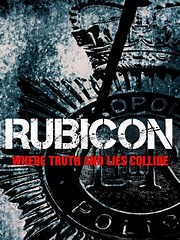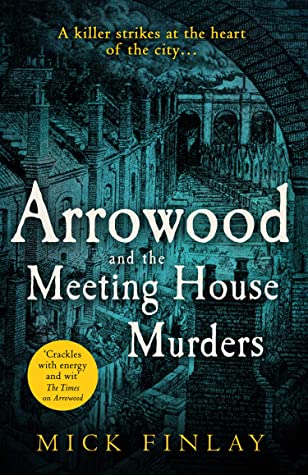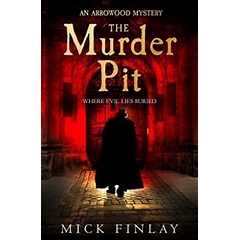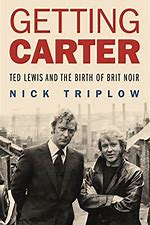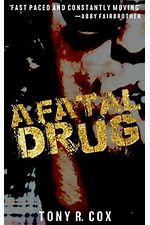By DDC Morgan
Published by Fahrenheit Press http://www.fahrenheit-press.com/
240 pages ISBN
Reg Calloway – book 1

I purchased my Kindle copy direct from the publisher.
From the blurb
They ride for glory, would they kill for it?
Synopsis
Its 1949 and people restricted by 6 years of war are out enjoying life, packing out football grounds, greyhound, and speedway tracks. Reg ‘Cab’ Calloway is head of security at the stadium that is home to the Bermondsey Bullets speedway team which is owned and run by ‘Pretty’ Pattie Moxon.
One night ‘dashing’ Des Fenton, the star rider, has a fatal crash on the track during a race. His back wheel had been touched by teammate Ray Simpkins’ front wheel, was this an accident or something altogether much darker? Pattie Moxon cajoles Calloway to investigate matters and he reluctantly agrees with his options limited.
Initially he is met with suspicion and silence by the team. It becomes apparent that Fenton was a blackmailer and that team members were included in the victims. The more Calloway digs the darker the motives become and he is cast back into a period of life he thought he had left behind. He is determined to see it through even though his own personal demons will be revisited.
In the end Reg and Pattie must ultimately face down the danger together.
My thoughts
It’s very rare that I pay much attention to book covers. I know a great deal of effort goes into some of them, but they rarely register with me. This one was different and jumped out at me whilst I was on the publisher’s website. Its bold with a limited pallet of colour and has a real retro or nostalgic feel to it topped off with the one-shilling price in the corner.
The cover is perfect for the time setting of 1949. The Second World War is over (at least for some) but there is still some rationing and it’s in the middle of the ten years of austerity that precedes Harold MacMillan’s assertion “most of our people have never had it so good”.
I’m not a nostalgia junkie but speedway takes my mind back to the late 1970’s watching the great Ivan Mauger riding for Hull Vikings at the Boulevard. I’ve watched a bit on the telly recently, so I decided that this book was worth buying, and I was proved right.
I’ve previously written (see Shiver) that I believe sport and the arts are often poor bed fellows. In this case it works really well because the speedway stadium is used for the setting of much of the plot with the on-track action being restricted to key moments and to set the scene. What is important is the feel of risk taking within speedway, there being no brakes and control being pushed to the limit which is a metaphor for the actions of some of the characters. If you live life on the edge one slip can bring a crashing fall.
I think Mr Morgan captures the period well, the feeling of new optimism, the intention to have a good time but also the restrictions on homosexuality and general sexual liberation and freedoms. The period touches are good as are the name drops like Cab Calloway, Noel Coward and George Formby (who was in a film based on motorcycle racing) and everyone smokes which they pretty much did.
The story unfolds in the third person form from the viewpoint of Calloway and feels nicely paced. Its action or incident driven but with enough description and observations to keep it interesting and period set. There are some sections which cover dark subject matter, but these are not overdone and there are interludes of levity, but its not the wise-crack, throwaway lines of the hard-boiled American PI of the time. He even works the title into the prose though not where you expect it to be.
The plot is not over complex but throws up some surprises in store; it certainly surprised me where it went. It starts off as was it an accident or murder but develops into a sordid tale of blackmail, with some dirty secrets suppressed thanks to political expediency. The timescale is perfect for the subject there being optimism and a sense that wrongs can and should be righted. Only a few years later the cold war would destroy much of this.
The main characters are well drawn and there are some nice touches. A strong woman, the boss of the track is a good way to show how women had been restricted but then through the war new horizons were beginning to open for some. The male lead, Calloway, is if from the cinema of the time strong, tough, tenacious like an amalgam of John Wayne and Humphrey Bogart. Giving him a back story of military intelligence attached to the 6th Airborne Division and experience of concentration camp liberation gives him depth, motivation, and the appropriate skills to carry out an investigation.
This was both an entertaining and interesting read, the story was enjoyable and some of the war time detail was new to me and I feel I am well read on the subject.
How the character develops in subsequent outings is going to be interesting. Will it be the lone avenger like Jack Reacher or John Milton? Calloway clearly has internalised anger issues which are going to make it interesting whatever course he takes and book 2 has something to live up to.
Thoughts on the book cover? I liked it some much I bought the tee shirt which is also available from the publisher!

